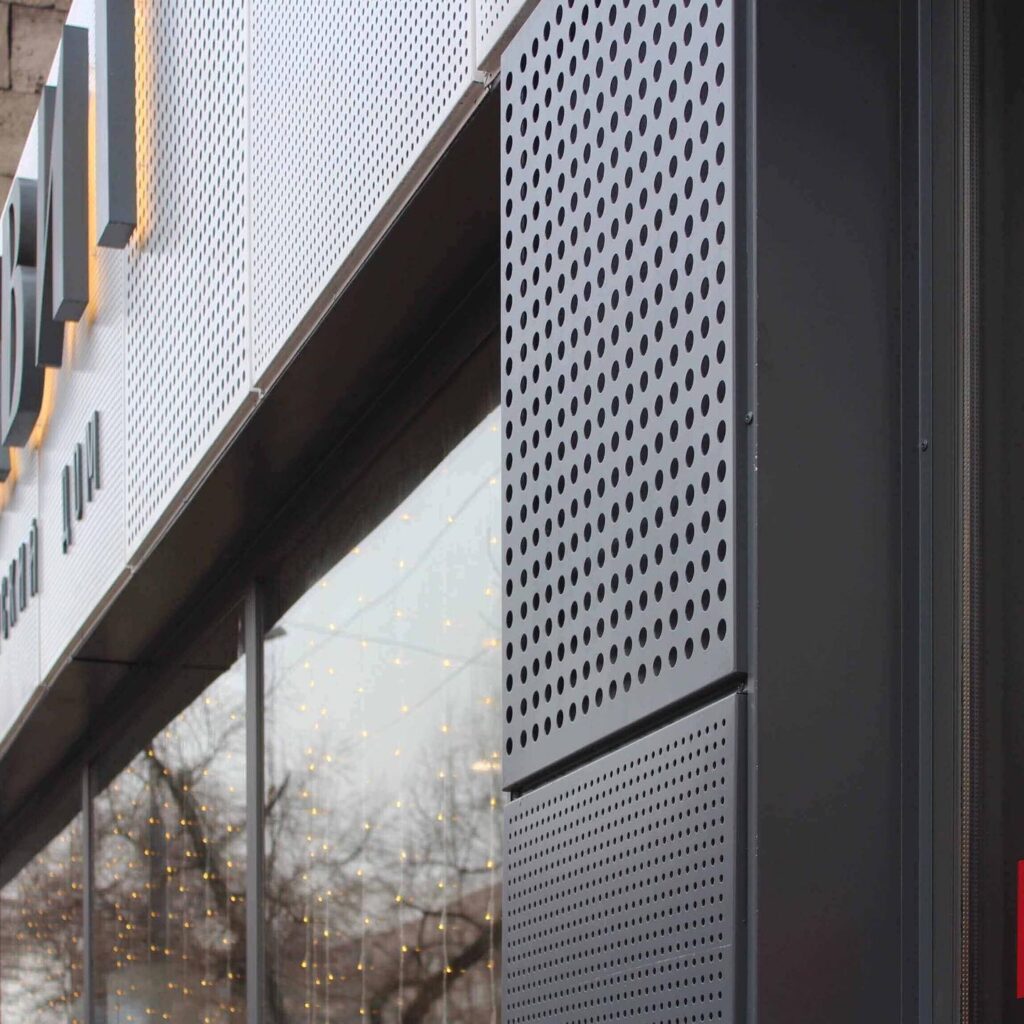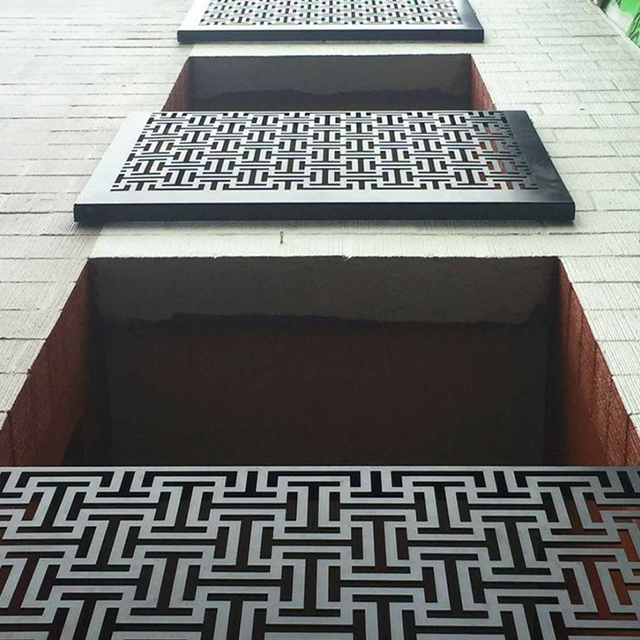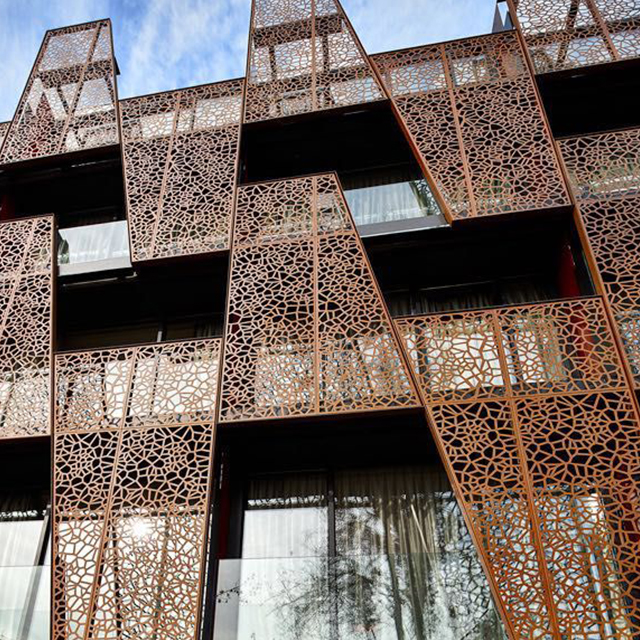When comparing the cost of aluminum curtain wall cladding with other facade systems, several factors come into play, including material costs, installation, maintenance, and long-term value. Here’s a detailed cost comparison to help you understand how aluminum curtain wall systems stack up against other options:

1. Material Costs
Aluminum Curtain Wall Cladding
- Base Material Cost: Aluminum is more expensive than some other facade materials like vinyl or wood but is generally more affordable than materials like stainless steel or copper.
- Glazing Options: The choice of glazing can significantly impact the cost. High-performance glazing (e.g., Low-E glass or double-glazed units) adds to the overall expense but offers better thermal performance.
- Finishes: Additional costs may arise from specialized finishes such as anodizing or powder coating, which enhance durability and aesthetic appeal.
Other Cladding Systems
- Brick or Masonry: Brick is often more expensive than aluminum, especially when factoring in the weight and the structural requirements to support it.
- Steel Cladding: Steel is usually costlier than aluminum, particularly when considering corrosion-resistant grades. However, it may offer greater strength in specific applications.
- Vinyl Siding: Vinyl is significantly cheaper than aluminum, but it lacks durability and aesthetic appeal for high-end or commercial projects.
- Wood Cladding: Wood can be less expensive upfront but may require more maintenance over time, leading to higher long-term costs.
2. Installation Costs
Aluminum Curtain Wall Cladding
- Labor: Installation costs for aluminum curtain walls are typically higher due to the need for skilled labor, especially in the case of unitized systems where precision is crucial.
- Time: While unitized systems allow for faster installation, stick systems may take longer due to on-site assembly, increasing labor costs.
- Complexity: The design complexity of the curtain wall, such as curved or custom-shaped panels, can drive up installation costs.
Other Cladding Systems
- Brick or Masonry: Brick is labor-intensive to install, often requiring skilled masons, leading to higher labor costs.
- Steel Cladding: Steel cladding may involve specialized installation processes and equipment, potentially raising labor costs.
- Vinyl Siding: Vinyl is easy to install and typically has lower labor costs, making it a budget-friendly option.
- Wood Cladding: Wood installation can vary in cost depending on the type of wood and the intricacy of the design, but it generally requires regular maintenance, adding to labor expenses over time.
3. Maintenance Costs
Aluminum Curtain Wall Cladding
- Low Maintenance: Aluminum requires minimal maintenance. Regular cleaning and occasional inspections are usually sufficient.
- Durability: Aluminum’s resistance to corrosion and weathering reduces the need for frequent repairs or replacements, leading to lower long-term maintenance costs.
Other Cladding Systems
- Brick or Masonry: Brick is durable and requires low maintenance, but repointing the mortar joints can be costly.
- Steel Cladding: Steel, especially non-corrosion-resistant types, may require regular maintenance, such as painting or treatment to prevent rust.
- Vinyl Siding: Vinyl requires minimal maintenance, but it may crack or fade over time, necessitating replacement.
- Wood Cladding: Wood demands regular upkeep, including painting, staining, and sealing, to prevent rot, insect damage, and weathering.
4. Long-Term Value
Aluminum Curtain Wall Cladding
- Energy Efficiency: Aluminum curtain walls with high-performance glazing and thermal breaks can significantly reduce energy costs, providing long-term savings.
- Sustainability: Aluminum is recyclable, and its durability ensures a long lifespan, contributing to overall value.
- Aesthetic Longevity: Aluminum’s modern appearance and variety of finishes make it a lasting choice for buildings that aim to maintain a contemporary look.
Other Cladding Systems
- Brick or Masonry: Brick has excellent longevity and can add to a building’s resale value, but it lacks the modern aesthetic appeal of aluminum.
- Steel Cladding: Steel offers durability and strength, but maintenance costs and potential for rust can impact long-term value.
- Vinyl Siding: While cost-effective, vinyl may need more frequent replacement, reducing its long-term value.
- Wood Cladding: Wood’s aesthetic appeal is timeless, but high maintenance costs and susceptibility to damage can detract from its long-term value.
5. Environmental Impact
Aluminum Curtain Wall Cladding
- Recyclability: Aluminum is highly recyclable, and using recycled aluminum can reduce the environmental impact.
- Energy Efficiency: The ability to incorporate energy-efficient glazing and thermal breaks makes aluminum curtain walls an eco-friendly option for reducing a building’s carbon footprint.
Other Cladding Systems
- Brick or Masonry: Brick is a natural material with a long lifespan, but its production process is energy-intensive.
- Steel Cladding: Steel is recyclable, but its production also has a significant environmental footprint.
- Vinyl Siding: Vinyl is less environmentally friendly due to its reliance on petrochemicals and the difficulty of recycling.
- Wood Cladding: Wood is a renewable resource, but it must be sourced responsibly to avoid deforestation and environmental degradation.
Conclusion
When considering aluminum curtain wall cladding, the upfront costs might be higher compared to some other materials, particularly vinyl or basic wood cladding. However, the long-term benefits in terms of durability, low maintenance, energy efficiency, and modern aesthetics make aluminum a cost-effective choice over the building’s lifespan. For high-rise, commercial, and institutional buildings, aluminum curtain walls often provide the best balance between initial investment and long-term value, especially when considering the environmental benefits and potential energy savings.

